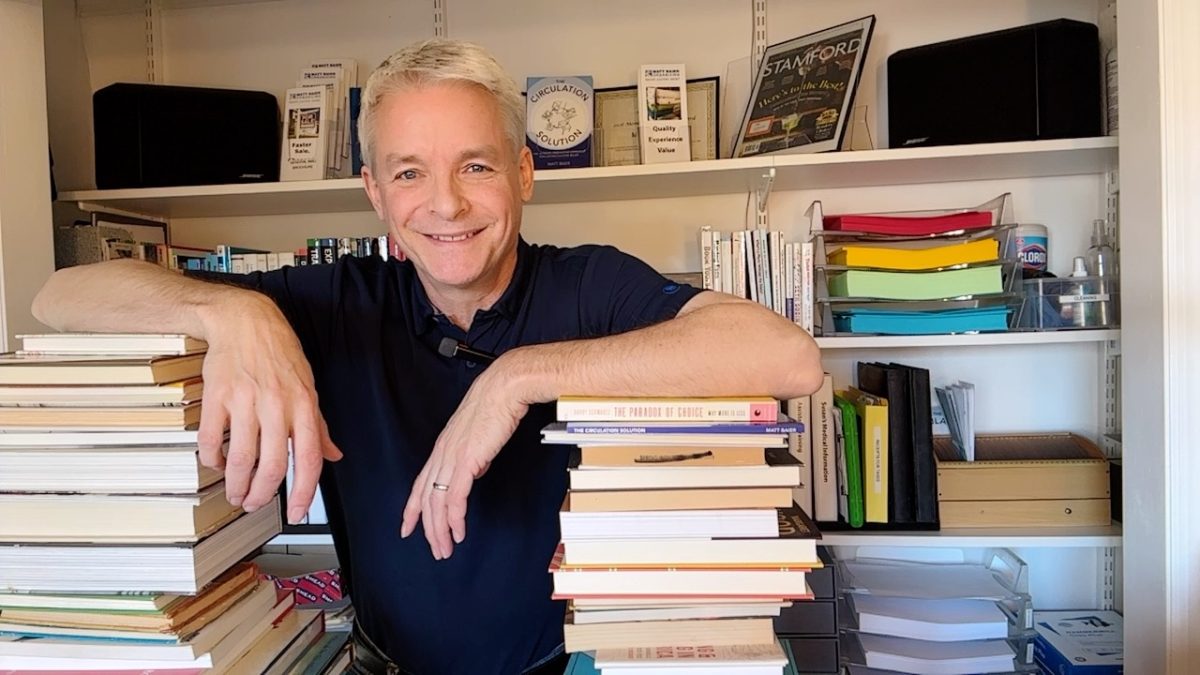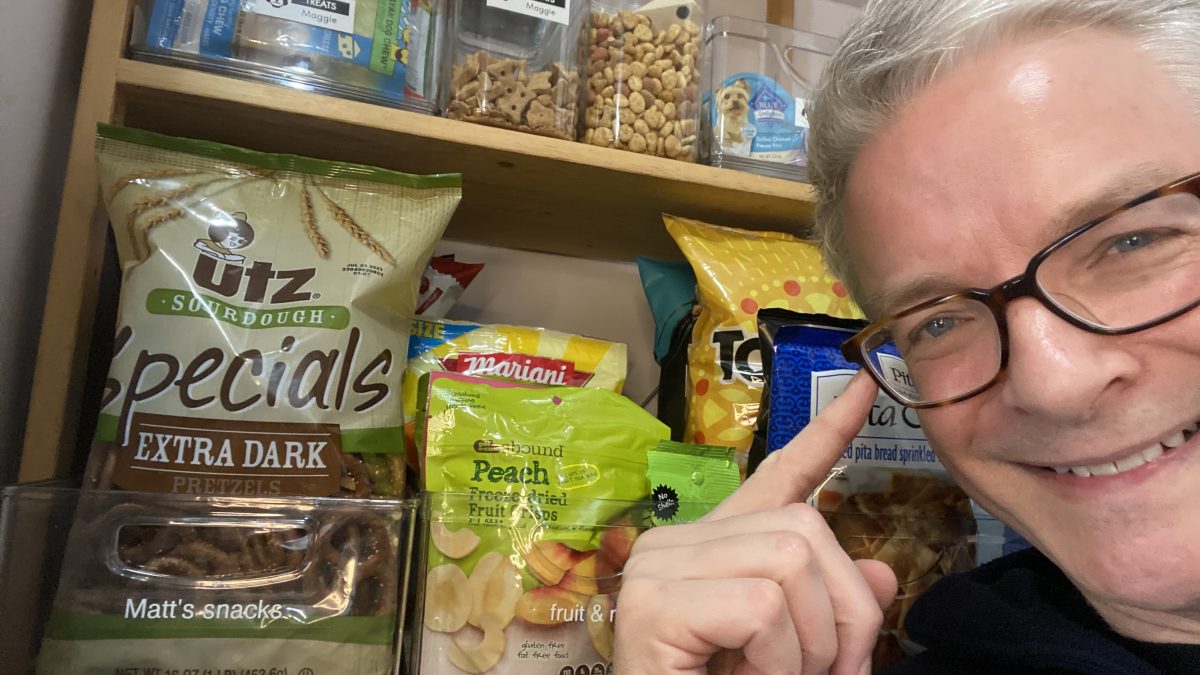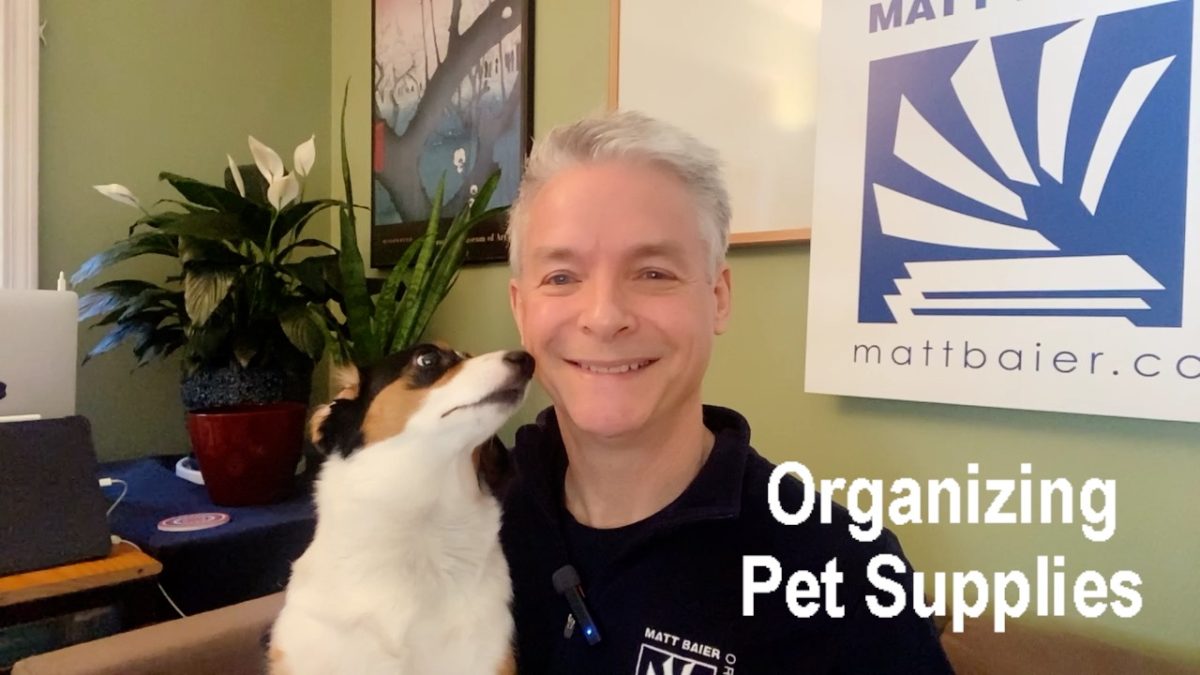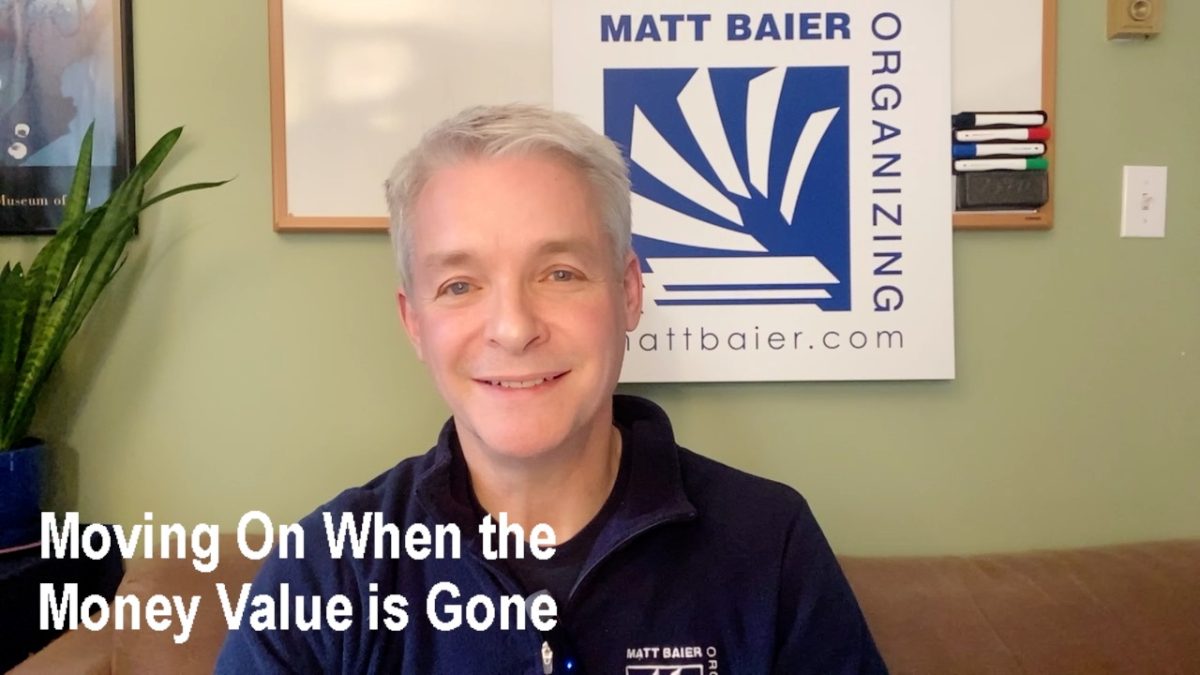Toys can be one of the hardest things to organize and I think this comes down to three things:
1. We are hung up by convention
2. We expect the same from kids as we do from ourselves and
3. We keep toys too long.
What follows are three toy organizing systems I don’t like, followed by three systems I do like.
Don’t Like: The Toy Box
A traditional toy box looks charming on the stage of “The Nutcracker,” but is not helpful in the 21st Century home. First, it’s a concealer and doesn’t invite use. Second, it’s too small for large toys and too large for toy pieces. Finally, it doesn’t take advantage of vertical space and in the event it can actually close, items that get stacked on top of it prevent access.
Do Like: Dedicated Zones and Shelves
I don’t think you can force kids to organize, but if you’ve got any chance to make it happen, your odds are increased by making it fun. For example, if your son loves big cars and trucks, section off a generous corner of the playroom floor and call it “the garage.” Then an integral part of play time can be driving the trucks into the garage. At least it will be easier for an adult to do than trying to force these things into a toy box. In another example, perhaps your daughter can put her plush toys to bed in a hammock, low enough for her to reach, but high enough to take advantage of some unused vertical space. I also favor simple open shelves over closed boxes. Perhaps an open shelf of toys looks less attractive than a closed box, but an easily accessible shelf is more useable and therefore more attractive than a cluttered floor.
Don’t Like: Baskets and Colorful Bins
In organizing magazines the pretty basket is heavily employed, but in real life I find these baskets to be either empty or full of unused clutter. I find this in the typical playroom too. Colorful bins are no better. What’s the problem? Again, the bins and baskets are concealers. You can’t see what’s inside and in the case of the baskets, they’re difficult to label. Oh I realize you need a system for your child that is not dependant on reading, but let’s face it. More often than not, it’s not your child that will be putting things away.
Do Like: Clear Plastic Roller Carts
These simple carts are available at office supply stores like Staples and make sense for toys for a lot of different reasons. First, they’re clear and your child can immediately see inside. Second, with the smooth plastic surface it’s easy to apply a label. (Remember who’s going to be doing most of the picking up.) Third, each drawer sets a limit on what can go in there, particularly for toys and games with many small pieces. Fourth, they take advantage of vertical space, but retain accessibility. Fifth, they represent dedicated zones. You could have one for different Lego sets and another for arts and crafts. Finally, the wheels give you flexibility. You could roll the arts and crafts cart from the playroom to the kitchen table, while you prepare dinner. You could keep the carts in front of the shelves and still access the shelves easily by simply rolling the carts away. Keep a rolling cart on the floor of a closet and you not only maximize space, but prevent junk from being indiscriminately tossed on the floor.
Don’t Like: Stacking Boxes
Stacking boxes tell me one thing: you’ve got too many toys. I know this because stacking boxes are for storing things, hiding things away, and leaving things inaccessible. When these things are toys, you’ve got to ask yourself why you are keeping them. If your child still loves these items, consider some of the “do-likes” I mentioned. Otherwise, they shouldn’t clog up the playroom. If it’s a unique Barbie doll in it’s original box, then perhaps it belongs with the other items you are hoping to sell on eBay. If they are outgrown toys that you are saving for your future child then they should be stored more remotely. If, however, your current children and future children have no potential interest in a toy, I have another suggestion.
Do Like: Regular Purging
Most kids I see have way more toys than they can enjoy. The most helpful thing you can do in that case is donate the excess to needy children. This is not only helpful to needy children, but to YOUR children. They can see and access what is most important to them if the less important toys are not in the mix.
A word about original boxes.
If you’re a fan of Antiques Road Show like I am, you have seen toy expert Noel Barrett freak out when a vintage toy has its original box. If you’re thinking you should keep all your child’s toys in their original boxes, just in case, STOP IT! What makes these vintage toys in their original boxes valuable is their rarity and their condition. The first indication that you do NOT have an item worth collecting is if it is sold as a “collectors edition.” But let’s leave that aside and assume you’re going to ignore me. At least, recognize that you are buying Vancouver Olympic Barbie for its collectibility and not for your child to paint tattoos on. Protect it well and keep it out of the playroom. Also, don’t keep the box as the perfect storage container, because that’s not how it’s designed. Product boxes are designed to capture your eye and protect an item in shipping, not for actual usability. What can be useful is to cut a descriptive piece of your box out and place it inside the front of a clear drawer or clear bag that is containing loose pieces. This makes the contents more findable, compelling, and useable.
Bottom Line
Keep it simple. Think in terms of usability not conceal-ability. Don’t expect your kids to suddenly love cleaning up, but make it easy for an adult to do it. If a child sees you quickly sorting items into their simple clearly-defined homes it MAY actually look like fun. It would be like an advanced version of the simple shape toy, shown above. There’s no reason it can’t be fun!
Please Share With Your Community
















